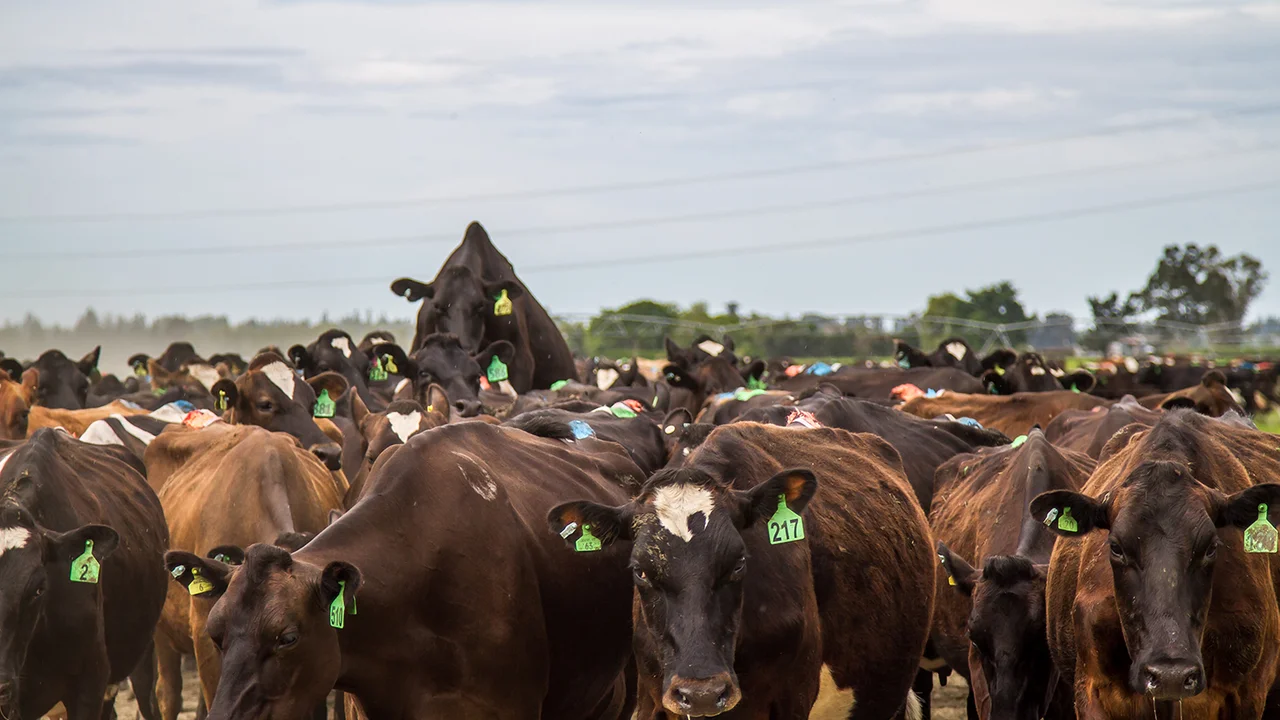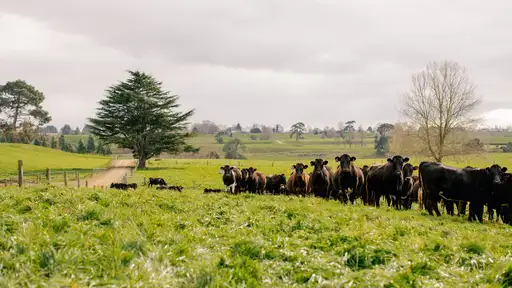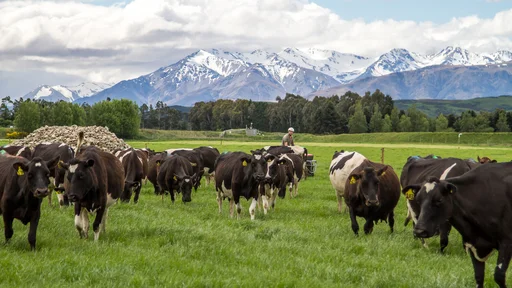With an empty rate that's crept up to 16%, Canterbury farm manager Craig Smith is making body condition score recovery (post-calving) a focus this year, just as he did last season.
“If we get consistency across the herd in terms of putting weight on across the herd in the lead up to mating, we’d go some way toward driving that (empty rate) down,” Craig says.
On the surface, the empty rate seems relatively high, but 16% is about normal for the Rakaia area, Craig says.
However, it was only a matter of a few years ago that his farm ran at 13 to 14%.
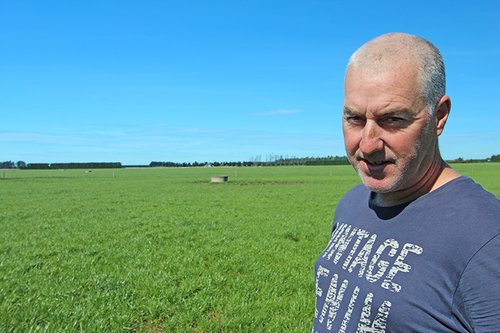 “Personally I think the higher empty rates we’ve seen over the past few seasons are a result of the new induction regulations... you can no longer have a 15- to 18-week mating programme and turn around and induce six weeks’ worth.
“Personally I think the higher empty rates we’ve seen over the past few seasons are a result of the new induction regulations... you can no longer have a 15- to 18-week mating programme and turn around and induce six weeks’ worth.
“Also, the lower payouts a few years ago probably caused people to not want to spend too much on repro, and it’s ballooned from there.”
What's the approach for 2018-2019?
Craig believes good feed management is crucial to successful mating and reproduction results, and his Protrack system – installed in the 54-bail rotary shed – helps keep the cows 'topped-up' through feed pinches.
“We’ve got the EZ Heat camera in the rotary too, which guides us in who’s likely to be on-heat. We’re keen on driving down our empty rate, but our six week in calf rate is about 69% and we’d like to see that increase over the next few years.”
Because the farm had traditionally supplied cows to generate numbers at other family trust-owned properties, big strides in genetic gain hadn’t been possible until about three years ago.
Since then Craig has avoided mating the bottom 10 percent of the herd to replacement-quality semen.
“We use Premier Sires Daughter Proven for the first six weeks of mating, and put the lower-end cows to dairy beef. We then do three weeks to beef and finish off with three weeks of SGL (short-gestation length semen).”
What about pasture & feed management?
The farm, which peak-milked 885 mainly Friesian cows last season, consists of 24 paddocks of various sizes, spread across 232 hectares.
The flat terrain and location made the farm a good fit for LIC’s new pasture satellite solution, SPACE, which Craig trialled last year and has continued to use throughout 2018.
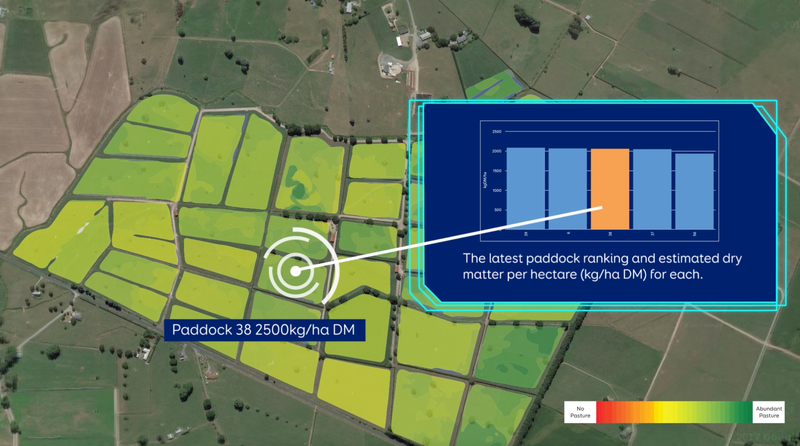
SPACE stands for Satellite Pasture And Cover Evaluation; it uses satellite imagery to assess a farm’s pasture cover paddock-by-paddock.
The technology has been assessed by FarmWise as being as accurate as farm walk data gathered via a plate meter (NB: weather conditions, including cloud, can restrict the satellite’s ability to get a clear image, meaning the frequency of reports will vary; however every time the satellite captures a clear image of the farm, a report is sent then following day).
Craig says pasture management is central to his decisions when switching between once-a-day, 16-hour milkings, and twice-a-day regimes, and is key in deciding how much supplement to feed when cows come in to be milked in the rotary.
For example, earlier this year when growing conditions were consistently good (i.e. late summer and early-autumn) the cows were on 16-hour milkings, with no compromise to production, Craig says.
Meanwhile, this allowed the round to be gradually slowed in preparation for winter.
Taking care of business, taking care of BCS
This season, post-calving, Craig will put the cows on once-day-milking for about the first 10 days of the lactation in an effort to boost body condition score ahead of mating, before “letting the cows and the round go” in the farm’s build-up to peak production.
“There’s a lot of money involved in getting it (pasture management) right,” Craig says.
“I rely on regular pasture cover data, and if that’s happening then the SPACE system is doing what it should… it’s rare that Canterbury goes 10 days without a clear day.”
SPACE’s pasture information is automatically processed and packaged in to a spreadsheet, providing a ranking of paddocks based on available dry matter, together with a feed wedge graphic that shows the overall feed situation across the farm.
